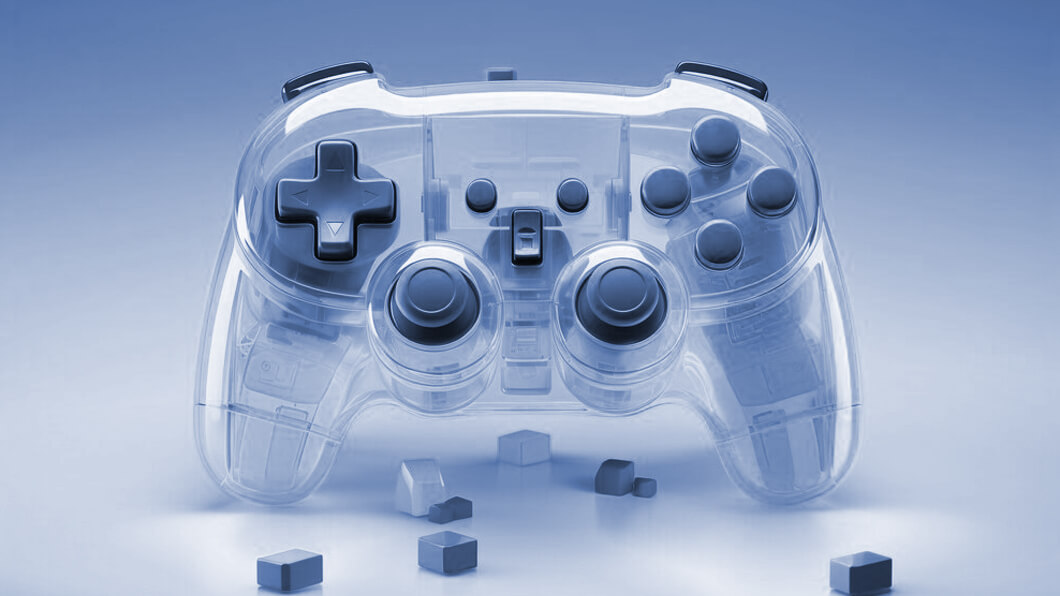Gamification, the integration of game mechanics into non-game environments, has become an increasingly popular trend in marketing. It leverages elements such as rewards, competition, and points systems to engage and motivate customers in a way that creates a fun and immersive experience. In this article, we will explore how gamification is transforming marketing strategies, the tools available to implement it, and some real-life use cases that demonstrate its power to boost customer engagement, brand loyalty, and sales.
1. What is Gamification in Marketing?
The Concept of Gamification
Gamification involves using game-like mechanics in non-game contexts to encourage specific behaviors. In marketing, it’s used to increase customer engagement, enhance brand loyalty, and drive conversions. By tapping into the intrinsic motivation of customers and offering incentives, challenges, and rewards, gamification makes the customer experience more interactive and enjoyable.
The Role of Motivation in Gamification
At the heart of gamification is the principle of motivation. People are naturally motivated by rewards, achievement, and recognition. By applying these principles to marketing strategies, brands can create more engaging experiences that incentivize customers to take desired actions, such as making purchases, sharing content, or signing up for a newsletter.
2. Key Gamification Tools for Marketers
1. Gamified Loyalty Programs
Loyalty programs are one of the most popular ways to use gamification in marketing. These programs reward customers with points, badges, or levels as they make purchases, engage with content, or interact with the brand in other ways. Some platforms like Belly, Fivestars, and Smile.io provide businesses with the tools to build gamified loyalty programs that encourage repeat purchases and increase customer retention.
2. Social Media Contests and Challenges
Social media platforms are ideal environments for implementing gamified experiences. Marketers can create contests, challenges, and hashtag campaigns to encourage customers to engage with the brand in creative ways. Tools like Rafflecopter and Woobox allow brands to easily set up social media giveaways and challenges that reward participants with prizes or recognition.
3. Gamified Quiz and Surveys
Interactive quizzes and surveys can also be gamified to encourage participation. Platforms like Typeform and SurveyMonkey offer quiz-building tools that integrate gamification elements, such as scoring, leaderboards, and instant feedback, making the experience more engaging for users and increasing the likelihood of completing the survey or quiz.
3. Real-World Use Cases of Gamification in Marketing
1. Nike+ and Fitness Tracking
Nike has successfully incorporated gamification into its marketing strategy with its Nike+ app. The app allows users to track their workouts, set goals, and compete with friends. It uses elements like badges, achievements, and leaderboards to keep users motivated. This gamified experience has helped Nike build a community of loyal customers who are more engaged with the brand and more likely to make repeat purchases.
2. Starbucks Rewards Program
Starbucks has mastered the art of gamifying its loyalty program. The Starbucks Rewards app allows customers to earn stars with every purchase, which can then be redeemed for free drinks and food. The app also includes levels that unlock exclusive rewards, creating a sense of progression and achievement. By turning the loyalty experience into a game, Starbucks has seen a significant increase in customer retention and engagement.
3. Duolingo: Learning Made Fun
Duolingo, the language-learning app, is a great example of gamification in action. Users earn experience points (XP) for completing lessons, unlock levels, and receive badges as they progress through the app. The competitive aspect of Duolingo’s “leaderboards” motivates users to keep learning, and the rewards system encourages them to return regularly to the app. This approach has helped Duolingo grow into one of the most popular language-learning platforms in the world.
4. Challenges in Implementing Gamification
1. Striking the Right Balance
While gamification can be a powerful marketing tool, it’s important for businesses to strike the right balance. Over-gamifying the experience or making it too complex can result in customer frustration or disengagement. Marketers must ensure that the game mechanics align with their brand and objectives, offering rewards that are truly valuable to the customer without overshadowing the main goals of the business.
2. Data Privacy Concerns
When implementing gamification, brands must be mindful of data privacy regulations. Collecting personal information through gamified experiences, such as loyalty programs and quizzes, may raise privacy concerns among customers. It’s crucial for marketers to ensure transparency and obtain consent when collecting data, as well as to comply with relevant data protection laws like GDPR.
5. The Future of Gamification in Marketing
1. Augmented Reality (AR) and Virtual Reality (VR) Integration
As technology continues to evolve, the future of gamification in marketing looks increasingly immersive. Brands are exploring the use of augmented reality (AR) and virtual reality (VR) to create more engaging and interactive gamified experiences. For example, brands could use AR to create treasure hunts or virtual product try-ons, providing a fun and memorable way for customers to interact with their products.
2. AI-Powered Personalization in Gamified Campaigns
Artificial intelligence (AI) has the potential to take gamification to the next level by enabling highly personalized experiences. AI algorithms can analyze customer behavior and preferences to create custom challenges, rewards, and experiences that are tailored to each individual. This level of personalization could make gamified campaigns even more effective, encouraging deeper engagement and greater customer loyalty.
Conclusion
Gamification is more than just a trend in marketing; it is an innovative strategy that has the power to transform customer engagement and loyalty. By incorporating game-like mechanics into marketing efforts, businesses can create a fun, interactive experience that motivates customers to engage with the brand on a deeper level. From gamified loyalty programs to interactive social media campaigns, the possibilities are endless. As technology continues to advance, the future of gamification in marketing will only become more immersive and personalized, allowing brands to build stronger connections with their customers.




